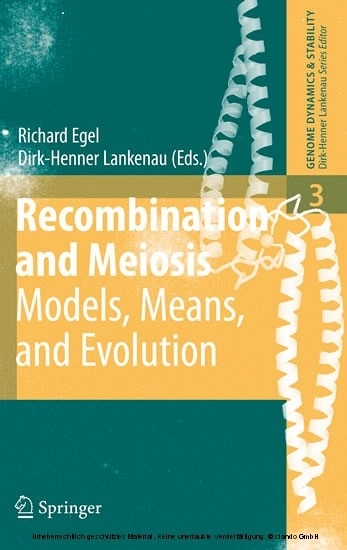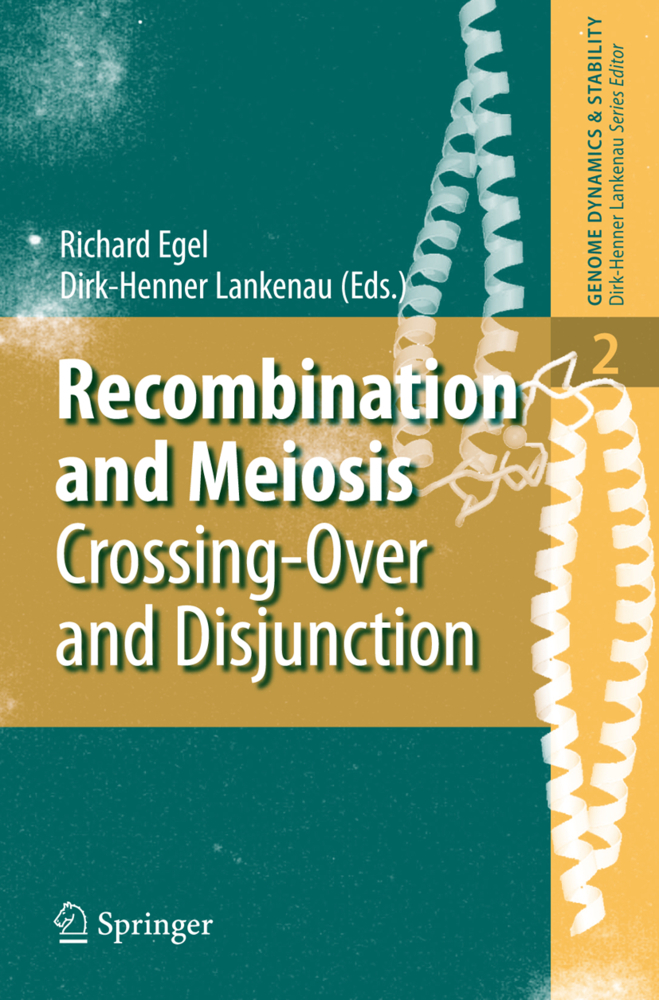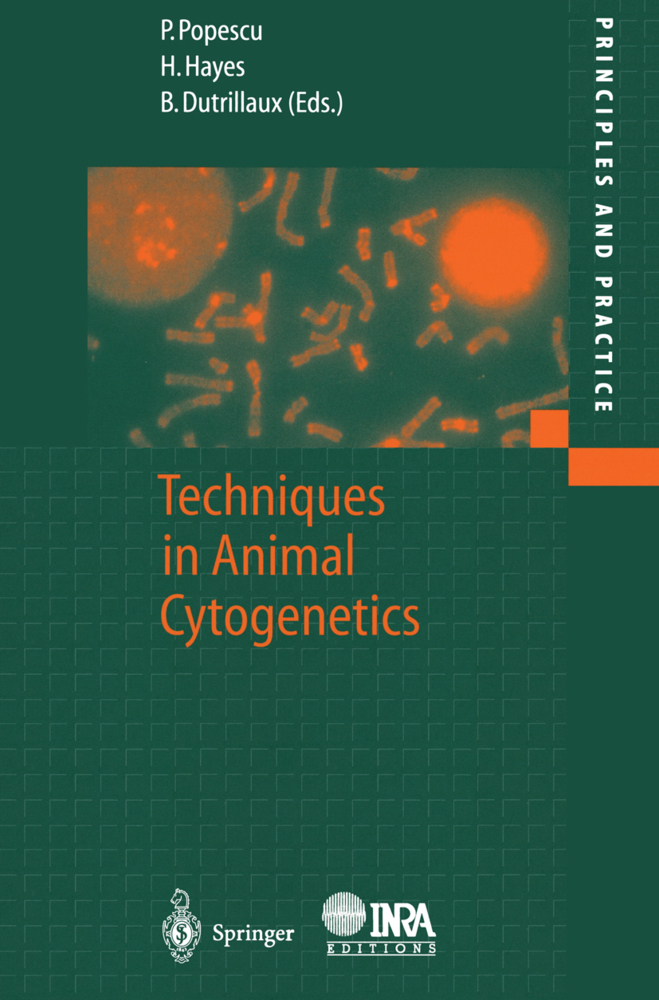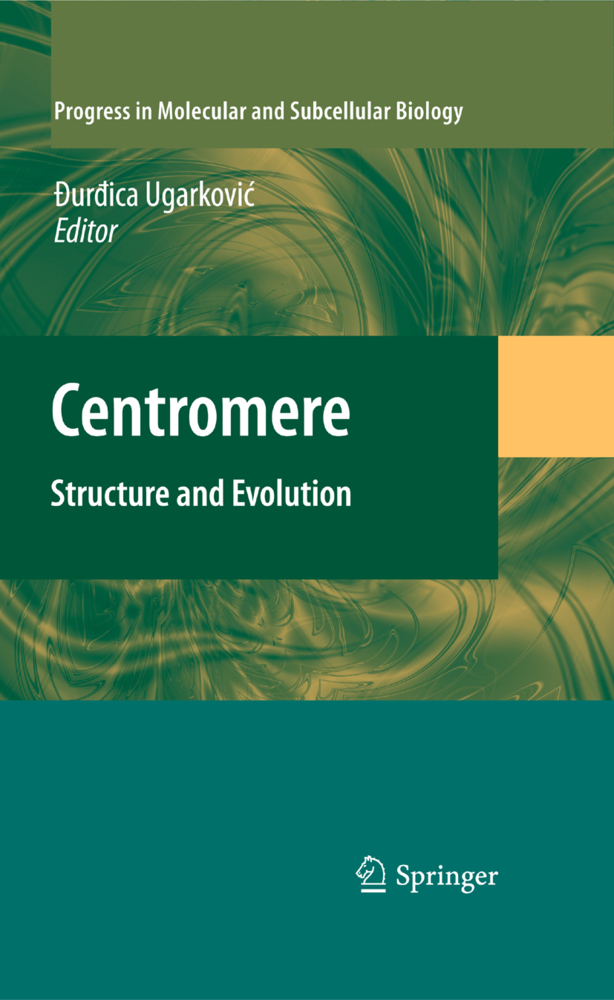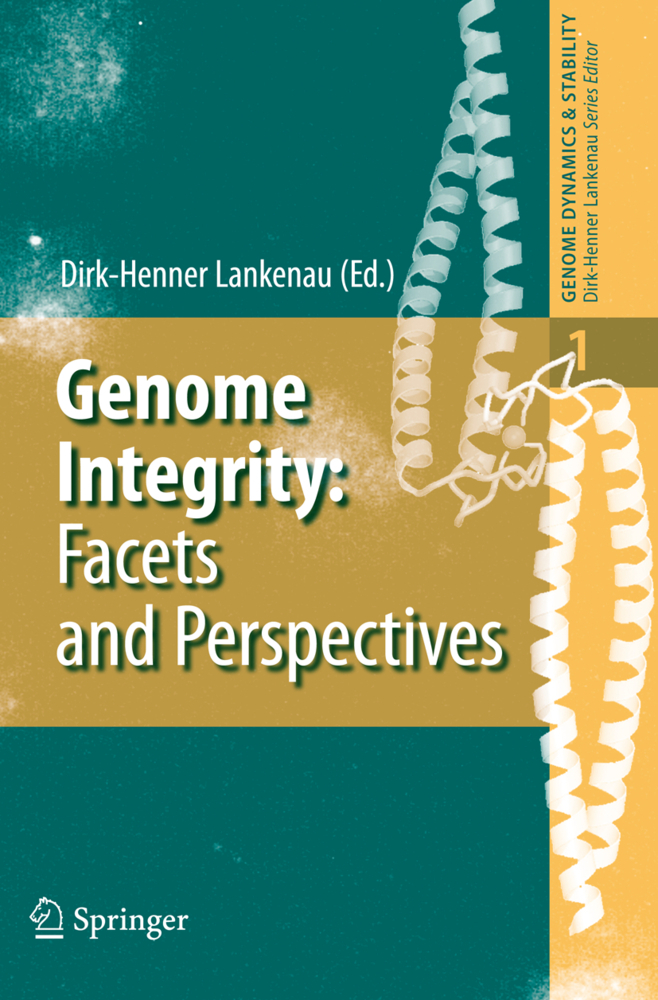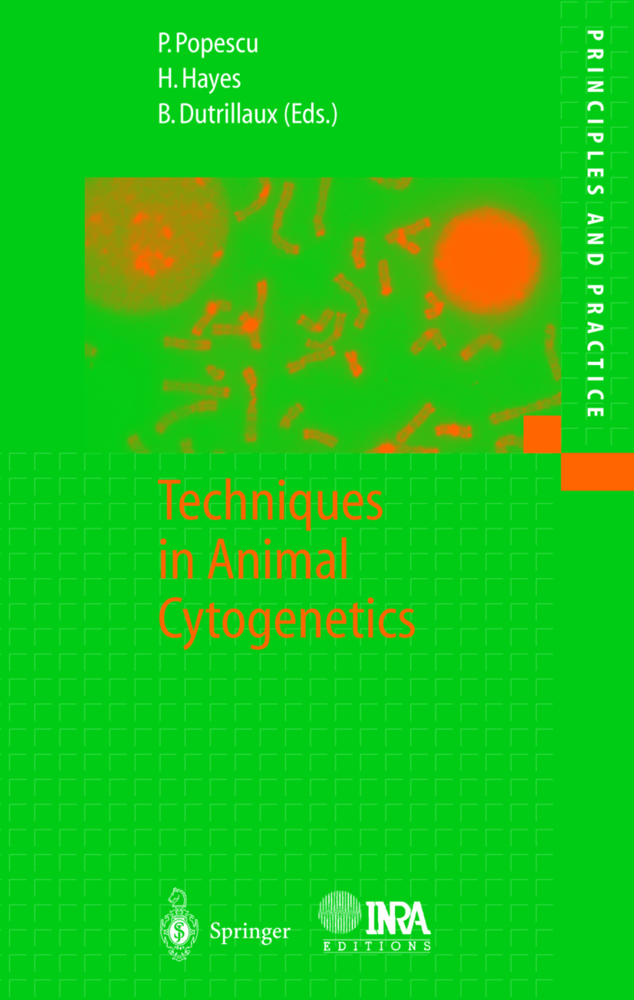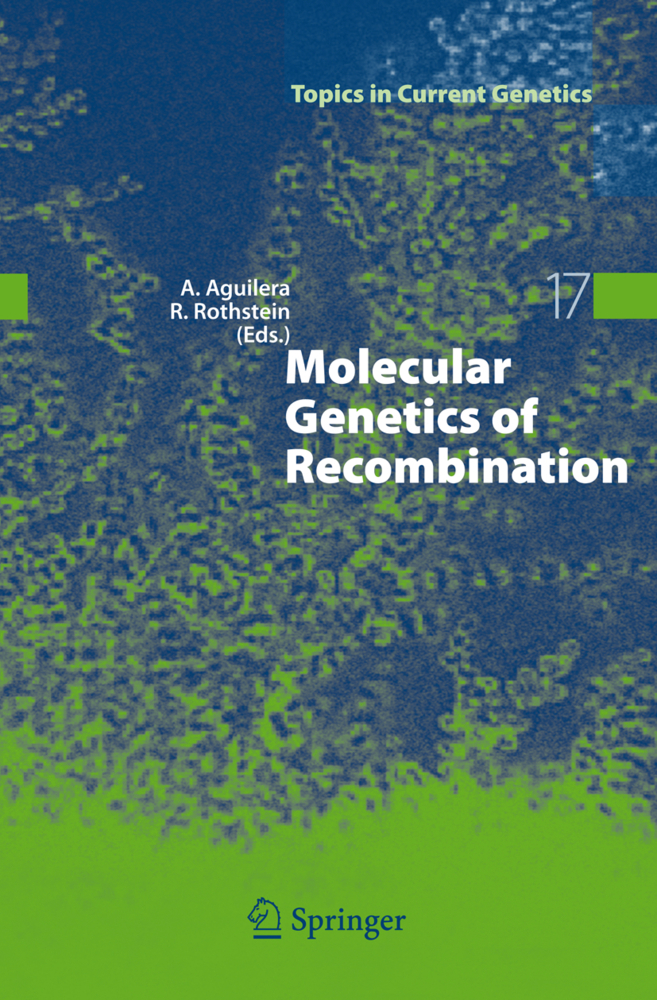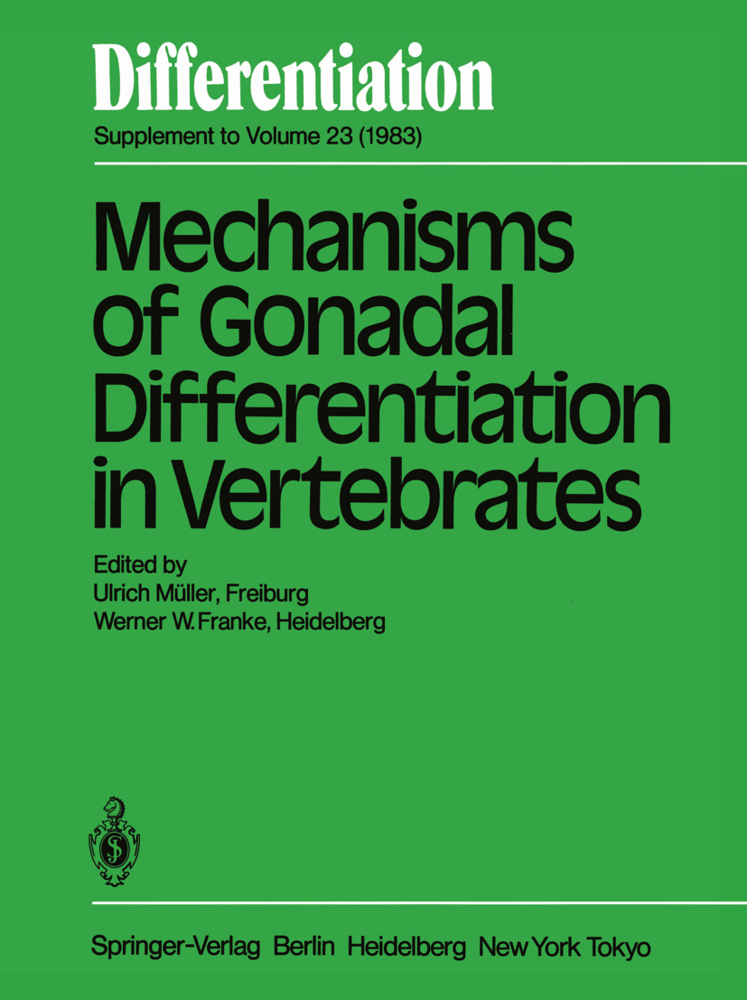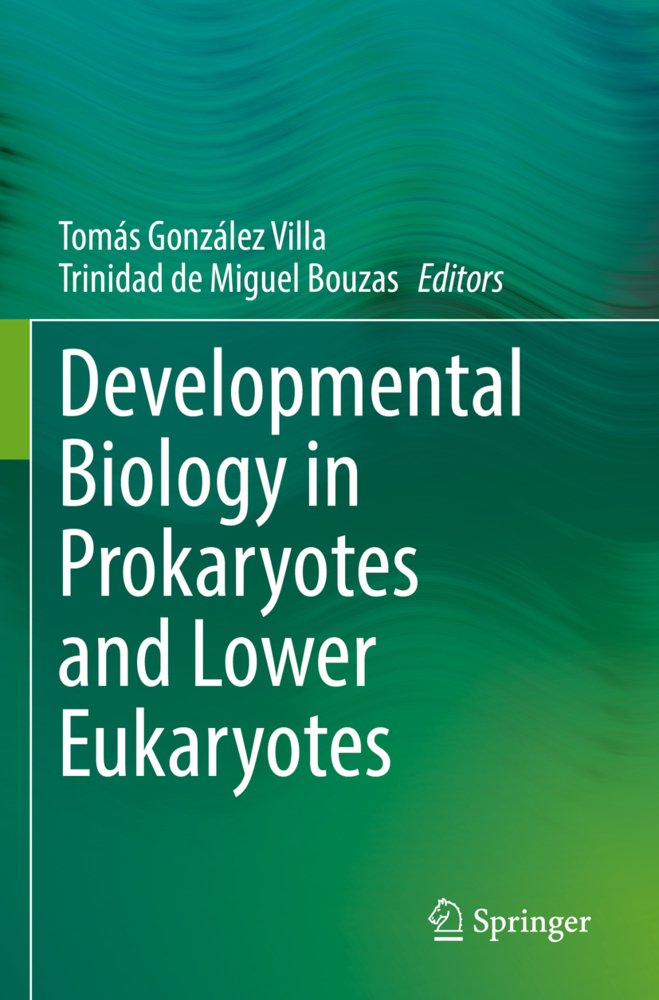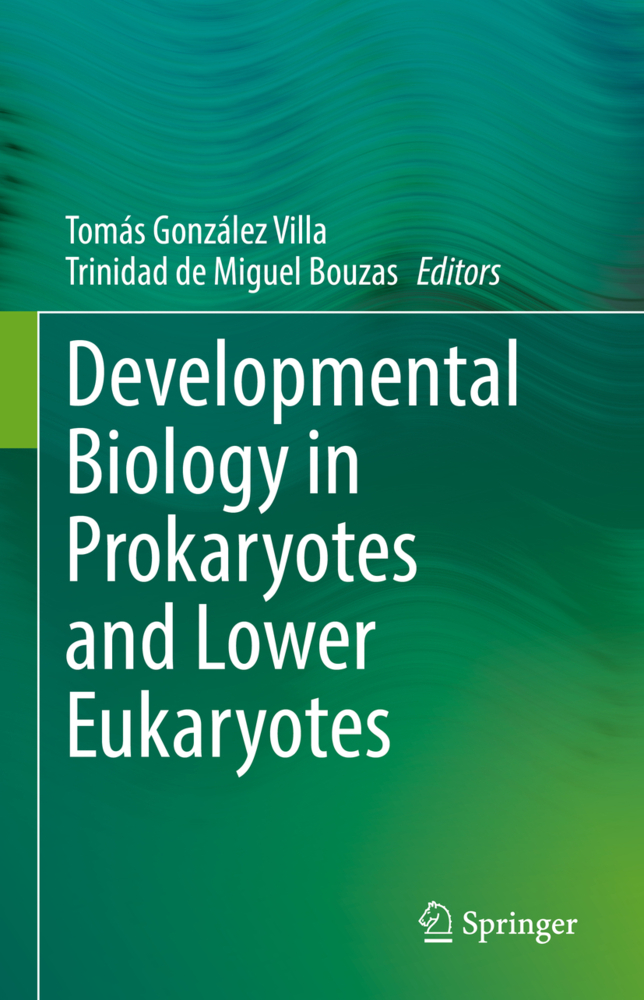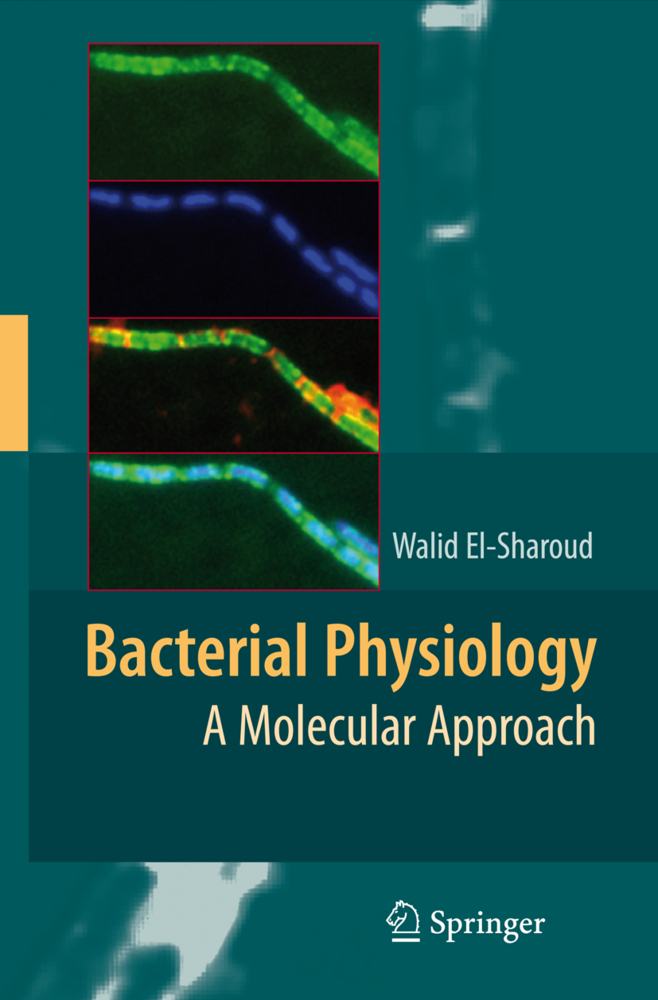Recombination and Meiosis
Models, Means, and Evolution
Once per life cycle, mitotic nuclear divisions are replaced by meiosis I and II reducing chromosome number from the diploid level to a haploid genome and recombining chromosome arms by crossing-over. In animals, all this happens during formation of eggs and sperm in yeasts before spore formation. The mechanisms of reciprocal exchange at crossover/chiasma sites are central to mainstream meiosis. To initiate the meiotic exchange of DNA, surgical cuts are made as a form of calculated damage that subsequently is repaired by homologous recombination. These key events are accompanied by ancillary provisions at the level of chromatin organization, sister chromatid cohesion and differential centromere connectivity. Great progress has been made in recent years in our understanding of these mechanisms. Questions still open primarily concern the placement of and mutual coordination between neighboring crossover events. Of overlapping significance, this book features two comprehensive treatises of enzymes involved in meiotic recombination, as well as the historical conceptualization of meiotic phenomena from genetical experiments. More specifically, these mechanisms are addressed in yeasts as unicellular model eukaryotes. Furthermore, evolutionary subjects related to meiosis are treated.
1;Preface;5 1.1;References;11 1.2;Note Added in Proof;11 1.3;References;12 2;Contents;13 3;Contents of Volume 2: Recombination and Meiosis;20 4;Evolution of Models of Homologous Recombination;21 4.1;1 Introduction;21 4.2;2 Robin Holliday's Remarkable Model;27 4.3;3 Molecular Models Based on a Single Initiating DNA Lesion;33 4.4;4 The Meselson-Radding Model (1975);35 4.5;5 Problems with the Meselson-Radding Model;39 4.6;6 Alternative Ways to Initiate Recombination;40 4.7;7 The Double Holliday DSB Repair Model of Szostak, Orr- Weaver, Rothstein and Stahl;45 4.8;8 Identification of DNA Intermediates of Recombination;48 4.9;9 Multiple Pathways Meiotic Recombination;55 4.10;10 Single-Strand Annealing Causes Primarily Intrachromosomal Deletions;58 4.11;11 Synthesis-Dependent Strand Annealing Accounts for Most Mitotic Recombination and Noncrossovers in Meiosis;59 4.12;12 Evolution of Gene Conversion Models in the Present;65 4.13;13 Another Major Source of Creative Thinking: Nonreciprocal Recombination in Phage .;68 4.14;14 Re-Emergence of Old Ideas in New Guises: Break-Induced Replication;69 4.15;References;72 5;Searching for Homology by Filaments of RecA- Like Proteins;85 5.1;1 RecA-Like Proteins and Homologous Recombination;85 5.2;2 Sequence Effects in Homologous Recombination;92 5.3;3 Homology Search in the Cell;94 5.4;4 Models of Homology Search at the Molecular Level;96 5.5;5 Homology Recognition at the Atomic Level;100 5.6;6 Conclusion;104 5.7;References;104 6;Biochemistry of Meiotic Recombination: Formation, Processing, and Resolution of Recombination Intermediates;110 6.1;1 Introduction;111 6.2;2 Biochemistry of Meiotic Recombination;114 6.3;3 Conclusions and Outlook;167 6.4;References;169 7;Meiotic Chromatin: The Substrate for Recombination Initiation;184 7.1;1 Introduction;184 7.2;2 Double-Strand Breaks and Chromatin Structure in Saccharomyces cerevisiae;186 7.3;3 Recombination Hotspots and Chromatin Structure in Schizosaccharomyces pombe;196 7.4;4 Hints from Multicellular Organisms;201 7.5;References;205 8;Meiotic Recombination in Schizosaccharomyces pombe: A Paradigm for Genetic andMolecular Analysis;213 8.1;1 S. pombe: An Excellent Model Organism for Studying Meiotic Recombination;214 8.2;2 Overview: A Pathway for S. pombe Meiotic Recombination;215 8.3;3 Nuclear Movement Promotes Chromosome Alignment: " Bouquet" and " Horsetail" Formation;217 8.4;4 Meiosis-specific Sister Chromatid Cohesins: Behavior Change;220 8.5;5 DSB Formation by Rec12: Preparation and Partnership;221 8.6;6 DSB Hotspots and Coldspots: Regulating Where Recombination Occurs;226 8.7;7 Processing of Rec12-generated DSBs: Converting a Lesion into a Recombinogenic DNA-Protein Complex;229 8.8;8 Strand Invasion and Partner Choice;233 8.9;9 Joint Molecule Resolution;235 8.10;10 Mismatch Correction;237 8.11;11 Relation of Gene Conversion and Crossing-over;238 8.12;12 Species-specific Strategies for Ensuring, With or Without Interference, the Crossovers Required for Chromosome Segregation;239 8.13;13 Differences Between S. pombe and S. cerevisiae Meiotic Recombination: A Reprise;240 8.14;References;242 9;Nuclear Movement Enforcing Chromosome Alignment in Fission Yeast- Meiosis Without Homolog Synapsis;249 9.1;1 Introduction;249 9.2;2 Alignment of Homologous Chromosomes;251 9.3;3 Regulation of Telomere Clustering;255 9.4;4 Regulation of Nuclear Movement;259 9.5;5 Conclusion and Outlook;261 9.6;References;262 10;On the Origin of Meiosis in Eukaryotic Evolution: Coevolution of Meiosis and Mitosis from Feeble Beginnings;266 10.1;1 Introduction;267 10.2;2 A Conserved Core of Meiotic Proteins;269 10.3;3 The Complex Eukaryotic Signature;270 10.4;4 The Universal Trifurcation;272 10.5;5 The RNA World Scenario;274 10.6;6 Dynamic Implications of Eigen's Quasi-Species Concept;278 10.7;7 Woese's Phase Shift at Decreasing "Evolutionary Temperature";280 10.8;8 Early Traits with Preadaptive Value for Meiosis;284 10.9;9 Meiosis vs. Mitosis - Alternative Programs Responding to D
Egel, Richard
Lankenau, Dirk-Henner
| ISBN | 9783540689843 |
|---|---|
| Artikelnummer | 9783540689843 |
| Medientyp | E-Book - PDF |
| Auflage | 2. Aufl. |
| Copyrightjahr | 2008 |
| Verlag | Springer-Verlag |
| Umfang | 406 Seiten |
| Sprache | Englisch |
| Kopierschutz | Digitales Wasserzeichen |

